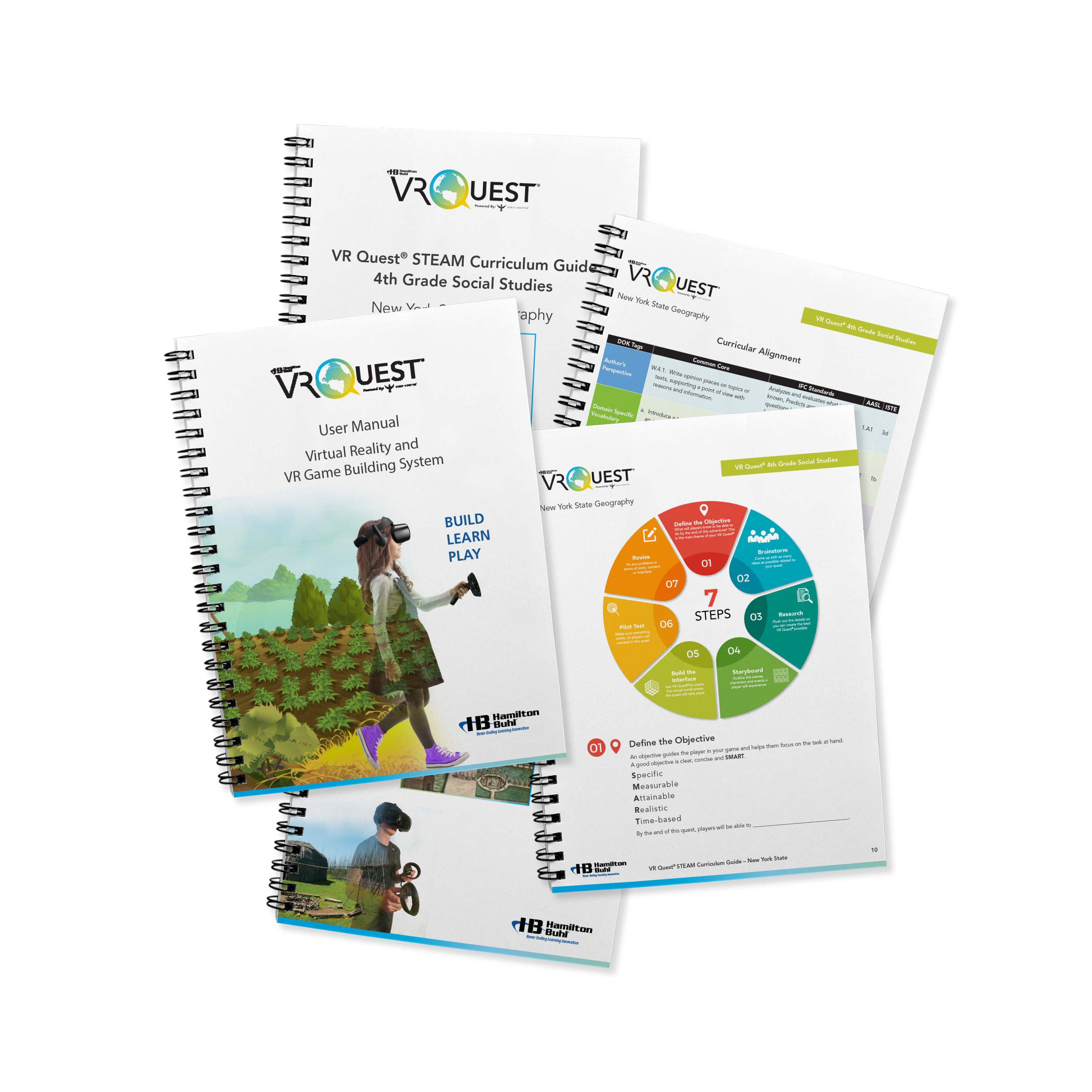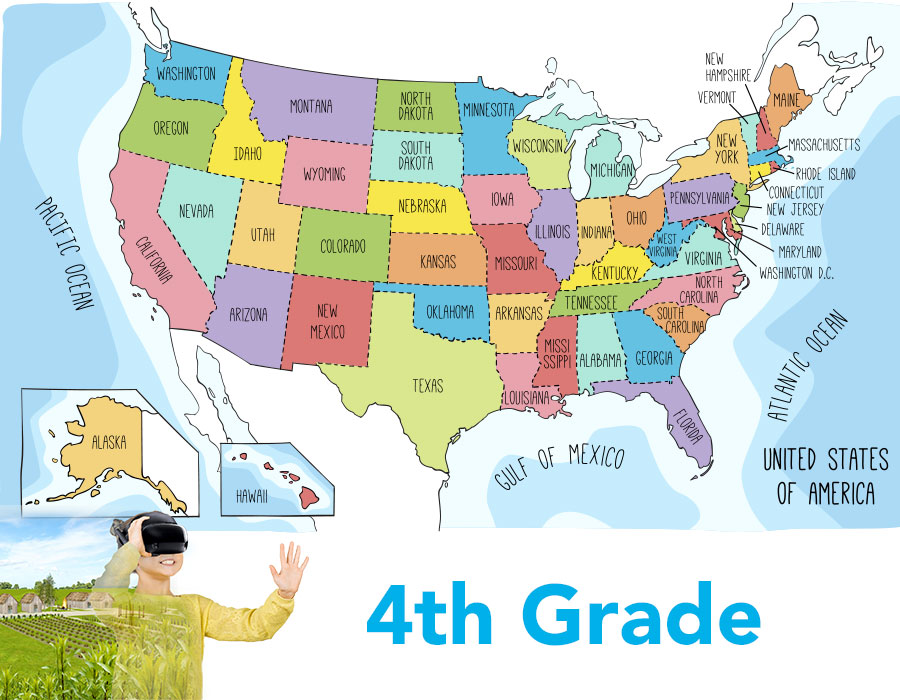
4th Grade Lesson Plan (ages 9+)
State Geography
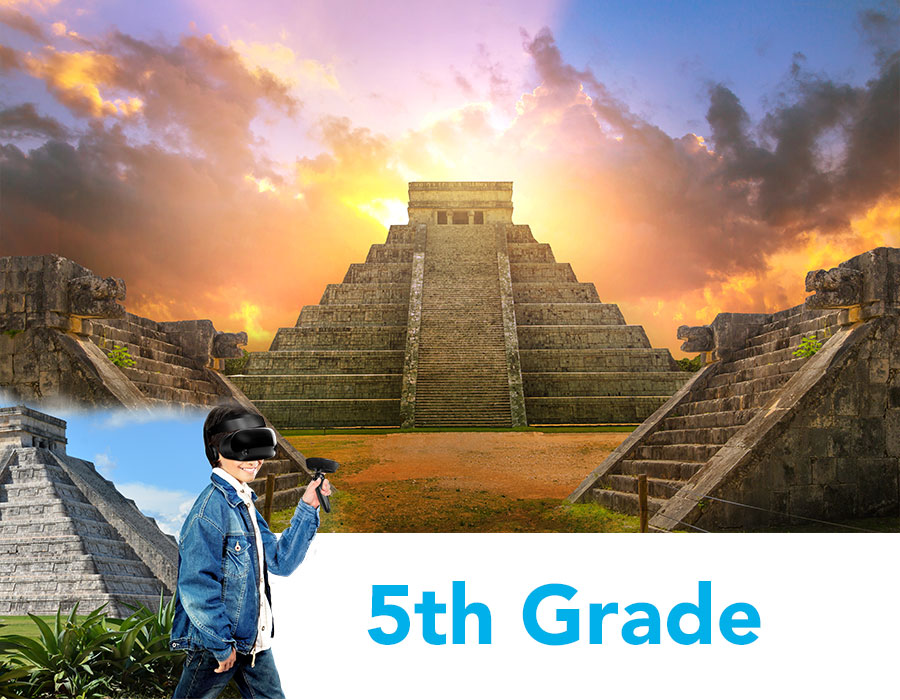
5th Grade Lesson Plan (ages 10+)
Mexico

6th Grade Lesson Plan (ages 11+)
Ancient Civilizations
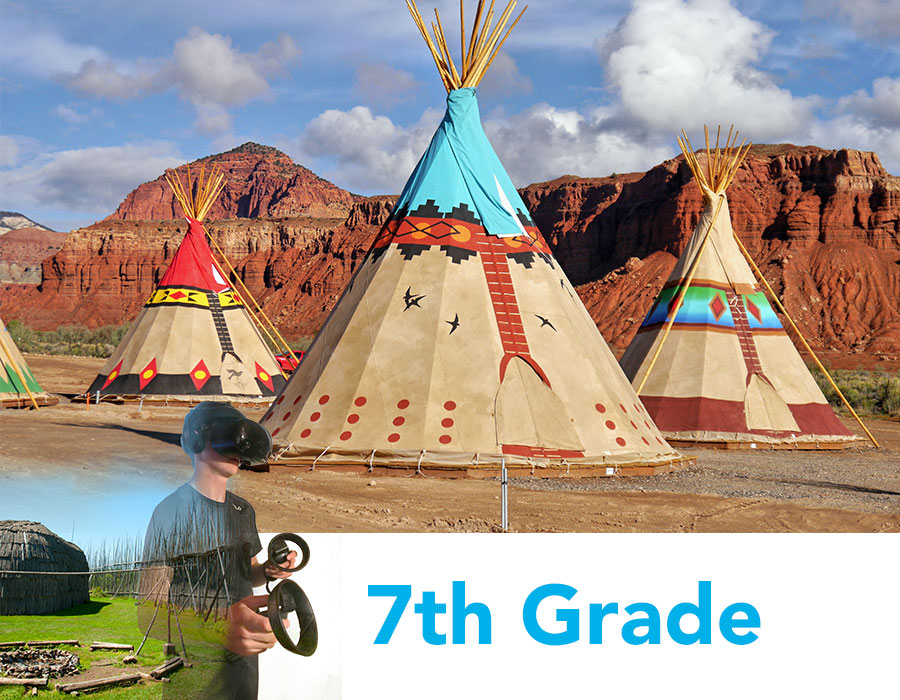
7th Grade Lesson Plan (ages 12+)
Native Americans
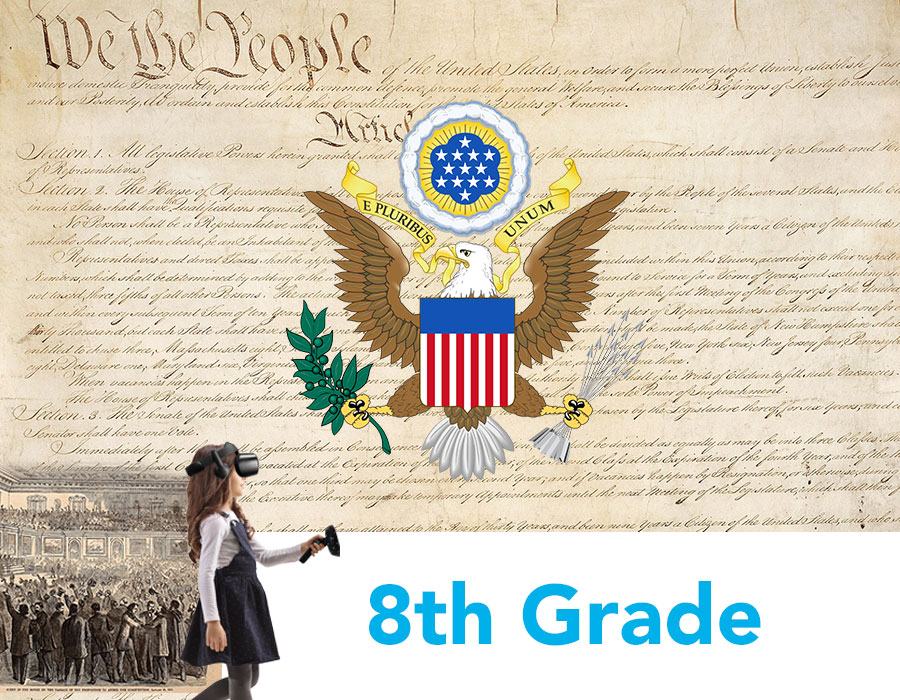
8th Grade Lesson Plan (ages 13+)
Underground Railroad
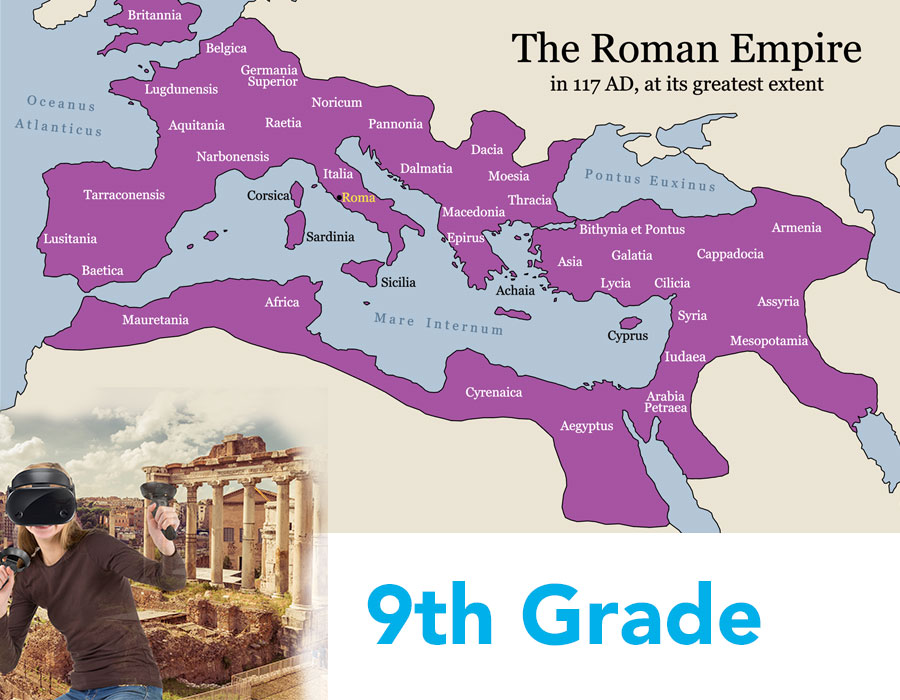
9th Grade Lesson Plan (ages 13+)
Roman Empire
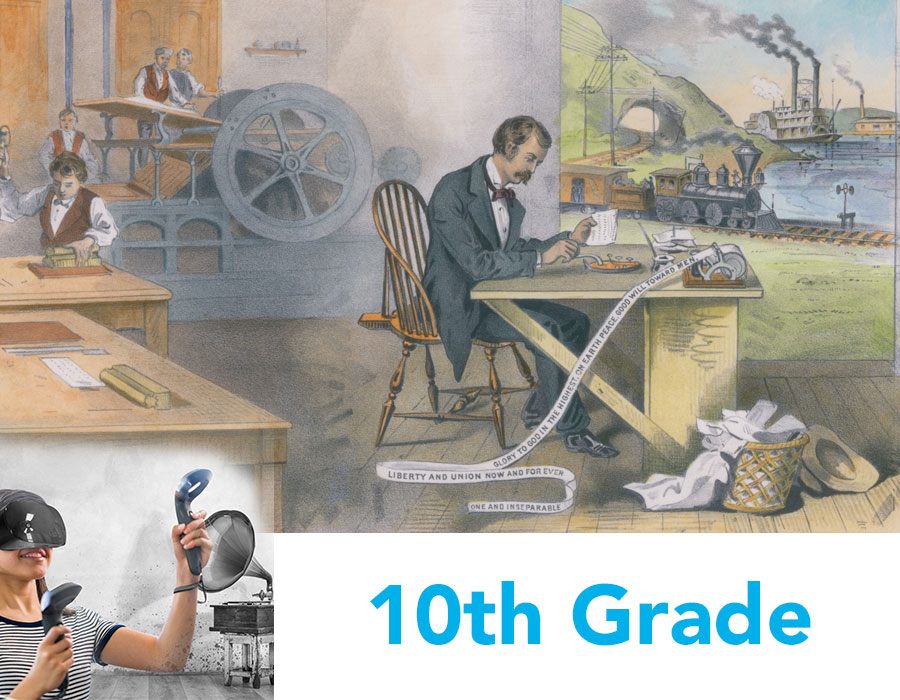
10th Grade Lesson Plan (ages 14+)
Industrial Revolution
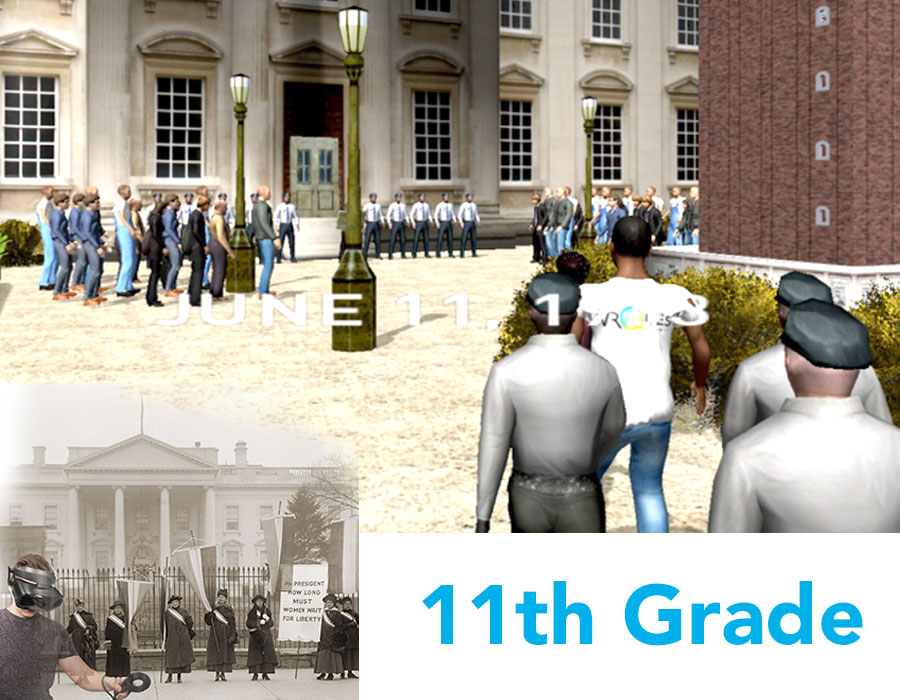
11th Grade Lesson Plan (ages 15+)
Civil Rights

12th Grade Lesson Plan (ages 15+)
Women's Suffrage and US Government
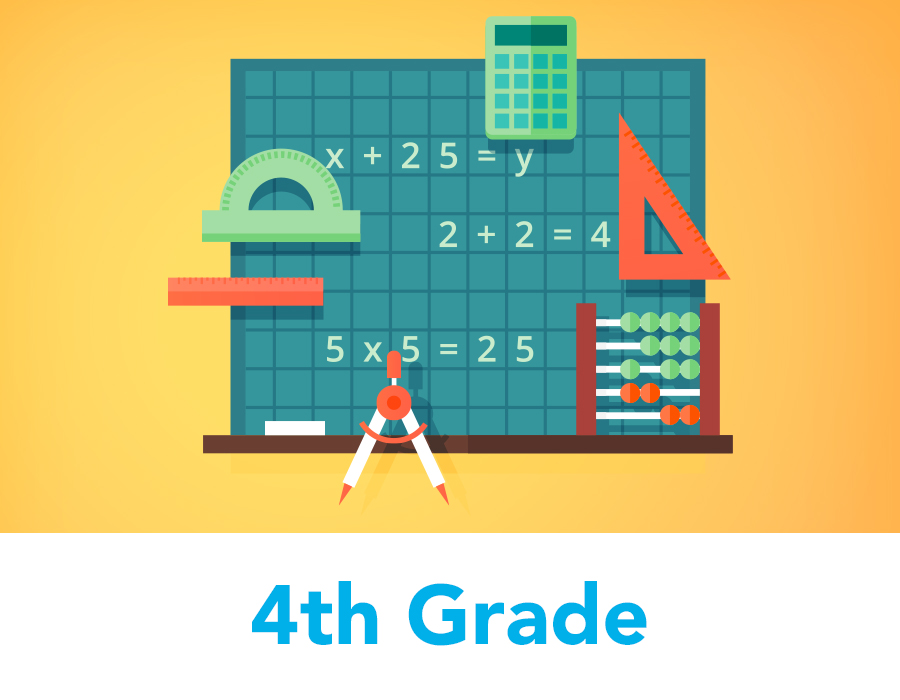
4th Grade Lesson Plan (ages 9+)
Multiplication
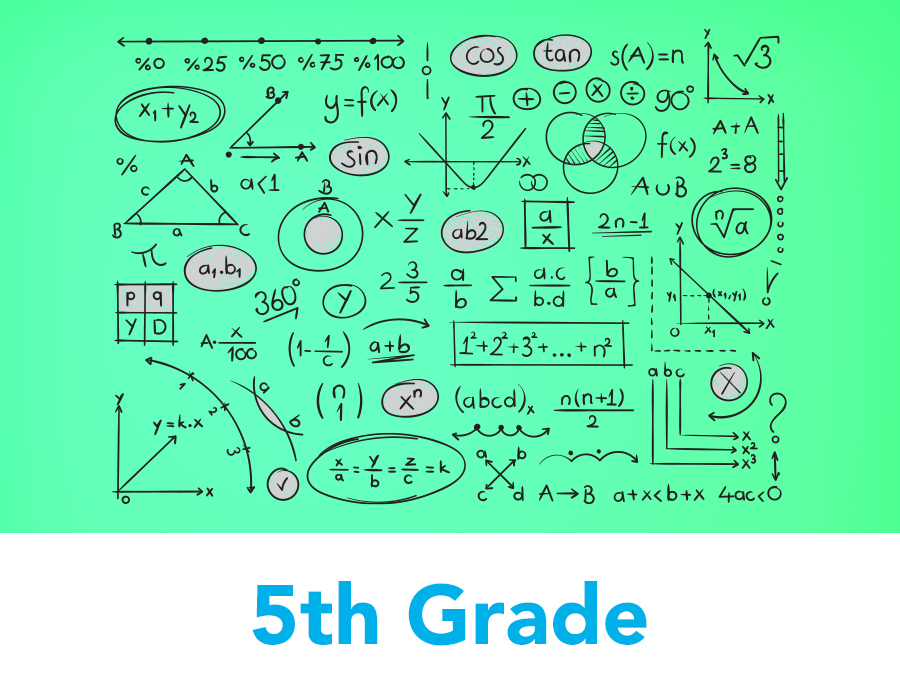
5th Grade Lesson Plan (ages 10+)
Numerical Expression

6th Grade Lesson Plan (ages 11+)
Ratios

7th Grade Lesson Plan (ages 12+)
Proportional Relationships
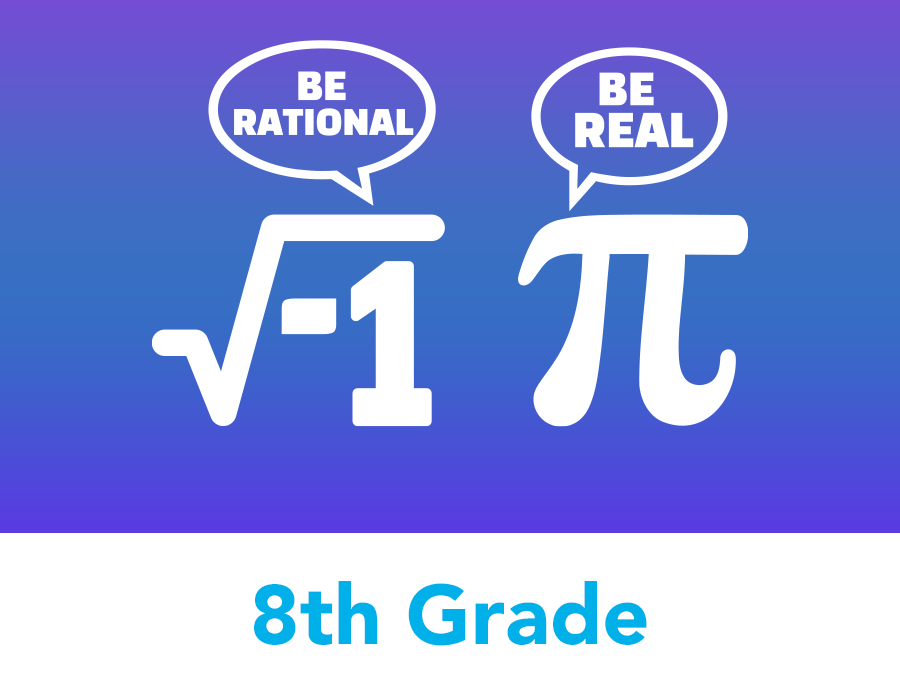
8th Grade Lesson Plan (ages 13+)
Rational and Irrational Numbers

9th Grade Lesson Plan (ages 13+)
Algebra 1
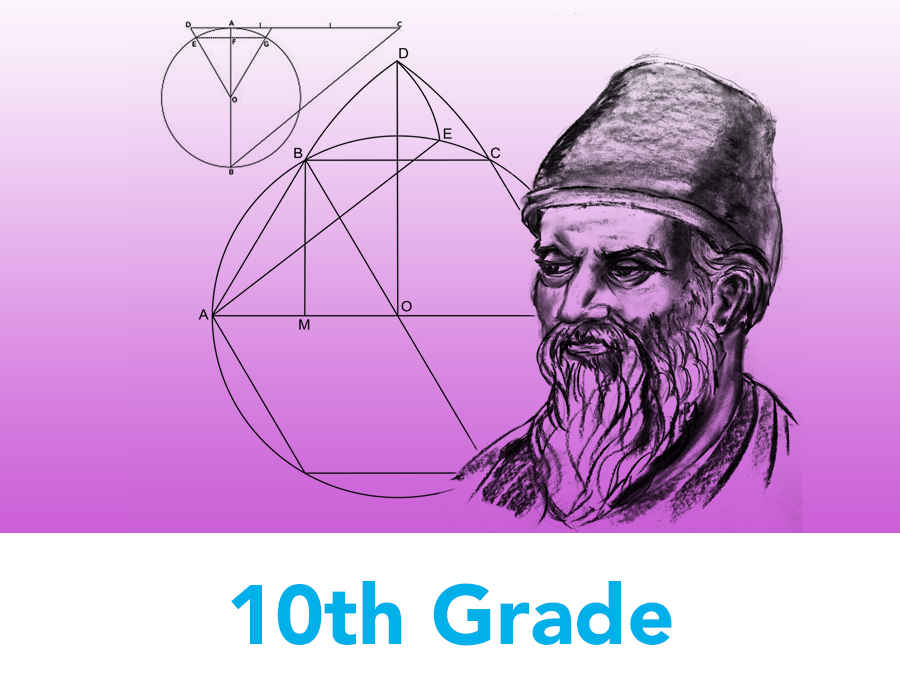
10th Grade Lesson Plan (ages 14+)
Geometry

11th Grade Lesson Plan (ages 15+)
Algebra 2

10th Grade Lesson Plan (ages 14+)
Rainforest

9th Grade Lesson Plan (ages 13+)
Sugar

10th Grade Lesson Plan (ages 14+)
Immortal Life

11th Grade Lesson Plan (ages 15+)
Red Convertable
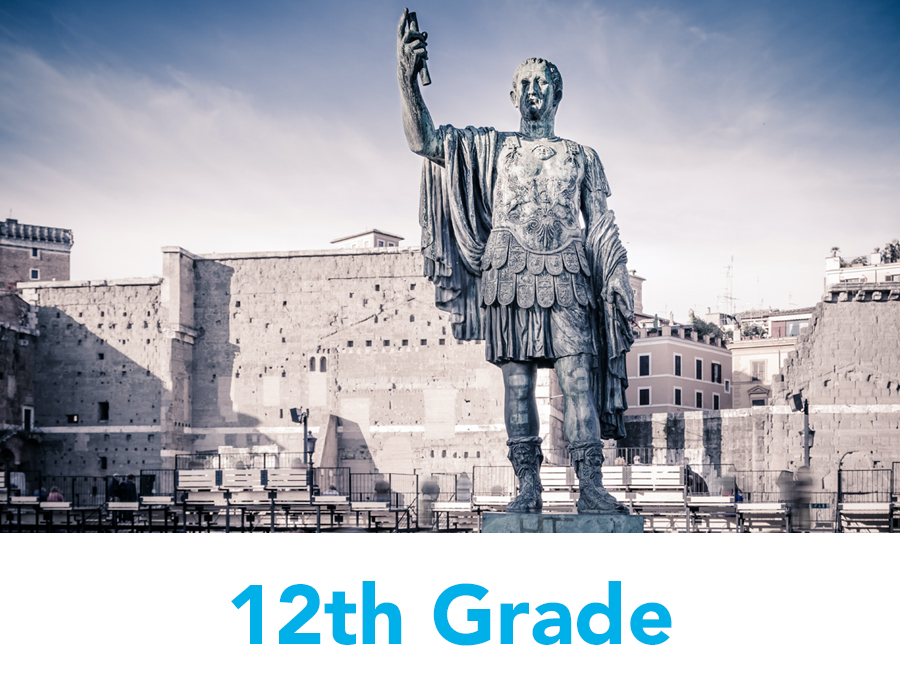
12th Grade Lesson Plan (ages 15+)
Julius Caesar
Level Up Learning!
4th Grade Social Studies (Ages 9+)
 SMART objective
SMART objective
Players will be able to:
• Explain why geography matters and how it affects history, economics and government .
• Critique what makes a complex society with reference to specific time periods being studied .
• Define how people have immigrated and migrated to New York City and New York State and contributed to its cultural growth and economic development.
• Determine the strategic role of New York City and New York State in the Revolutionary War with respect to geography, battles, key figures, leaders, role of Native Americans, African Americans and women.
5th Grade Social Studies (Ages 10+)
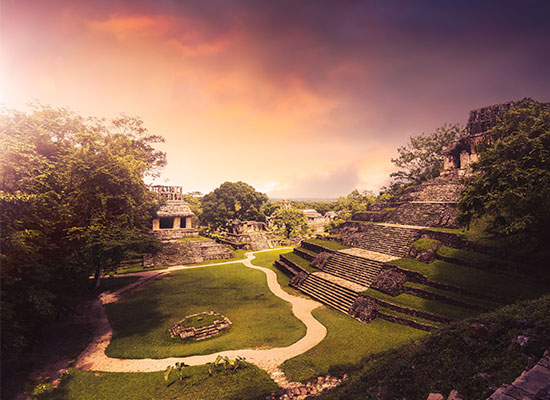 SMART objective:
SMART objective:
Players will be able to:
• Investigate how various European powers explored and eventually colonized the Western Hemisphere.
• Compare and contrast the United States to Mexico with a focus on culture, geography, government and economics.
• Explain how diverse geography of the Western Hemisphere influenced human culture and settlement in distinct ways.
• Define how human communities in the Western Hemisphere have modified the physical environment .
6th Grade Social Studies (Ages 11+)

SMART objective:
Players will be able to:
• Determine preserved elements of the Roman Empire.
• Investigate cultural blending and cross-cultural exchange. Define blending of Roman traditions with Greek culture.
• Assess the role of the Christian Church (ca . 600C .E . – ca . 1450).
• Compare and contrast different perspectives on the Crusades: Byzantine, feudal Europe and Islamic.
• Explain how trade networks promoted the exchange and diffusion of language, belief systems, tools, intellectual ideas, inventions and diseases.
See full lesson Plan
7th Grade Social Studies (Ages 12+)
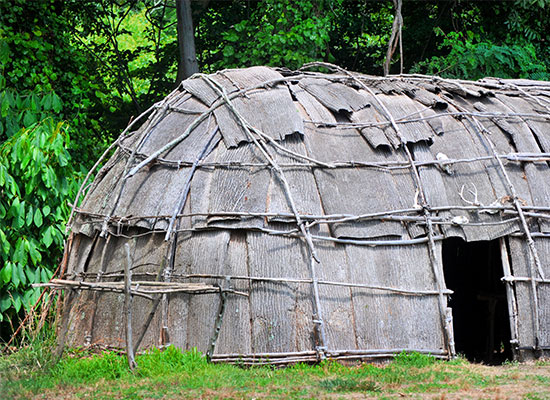
SMART objective:
Players will be able to:
•Investigate how European explorations of the New World resulted in various interactions with Native Americans within a five-year period.
•Compare and contrast how issues of power, wealth and morality influenced exploration and colonization in the 1600s.
•Explain the similarities and differences between a New York •Native American tribe and one from the south.
8th Grade Social Studies (Ages 13+)
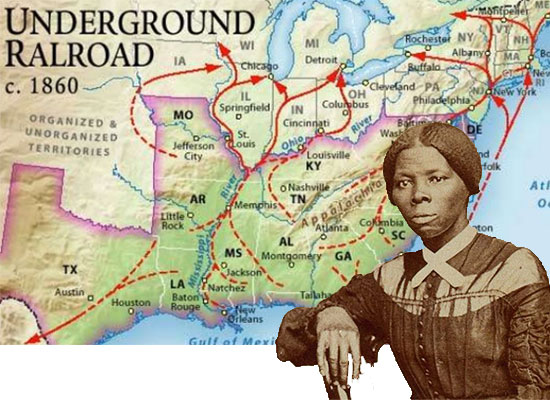
SMART objective:
Players will be able to:
• Determine what new technology arose during the Progressive movement that contributed to urbanizing America.
• Investigate the expansion of slavery vs the abolition of slavery.
• Assess the election of Lincoln / secession.
• Compare and contrast urban and agricultural regions.
• Explain how problems resulting from the post-Civil War changes sparked the Progressive movement and increased call for reform.
The 12 Step Guide
Components needed in VR Quest games
To help teachers and students learn how to use, play and build the game, we have provided a 12 day guide.
1. Researching the idea, note-taking, creating a linear narrative and script format.
2. Developing a storyboard and determining a timeline, creating a vision and brainstorming background scenery.
3. Distinguishing the work menus and different functionalities.
4. Determining what’s in my toolbox- characters, environment, buildings and artifacts.
5. Determining and constructing images, video and audio output (character voices, sound effects, ambient sounds).
6. Constructing the basic environment building sample models.
7. Begin creating final experience – inserting authentic buildings, artifacts and other objects.
8. Editing and adding audio, video and images as well as adding narration.
9. Adding characters, sound and detailed work.
10. Begin creating final experience – inserting authentic buildings, artifacts and other objects.
11. Editing and adding audio, video and images as well as adding narration
12. Adding characters, sound and detailed work.


